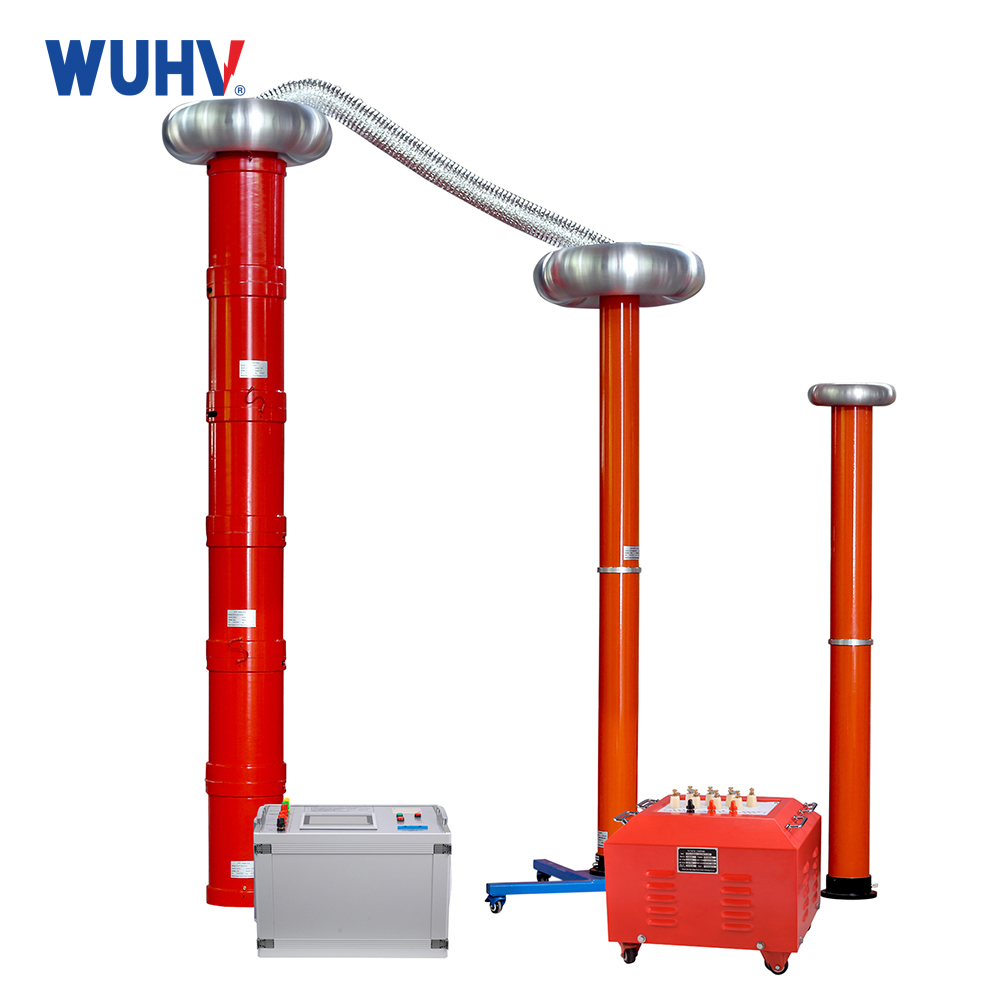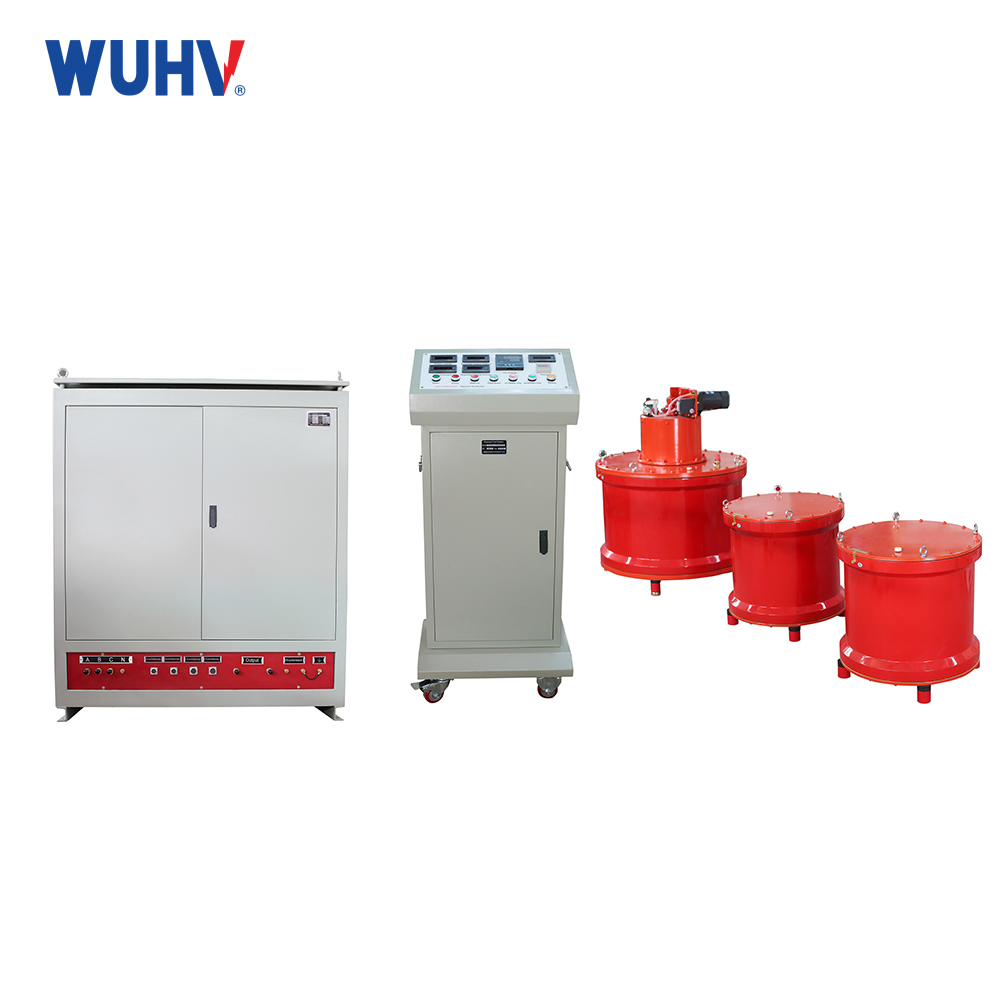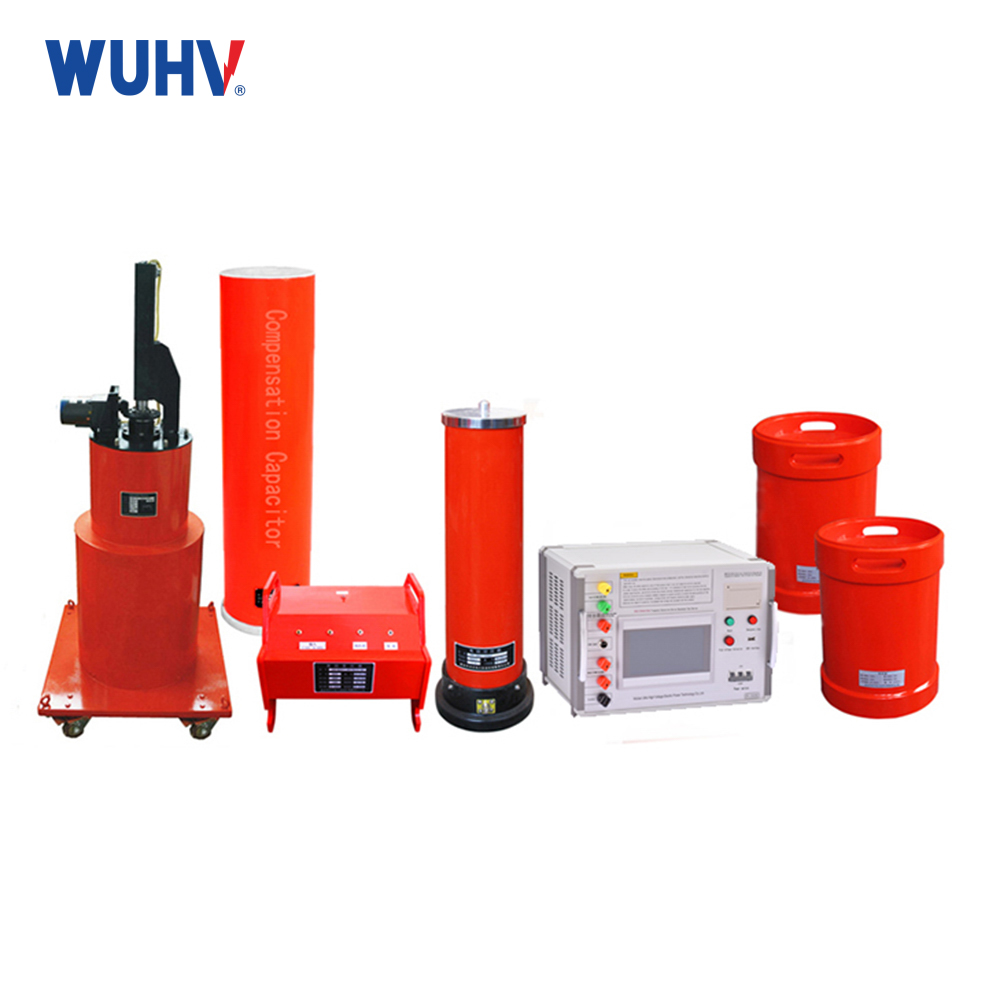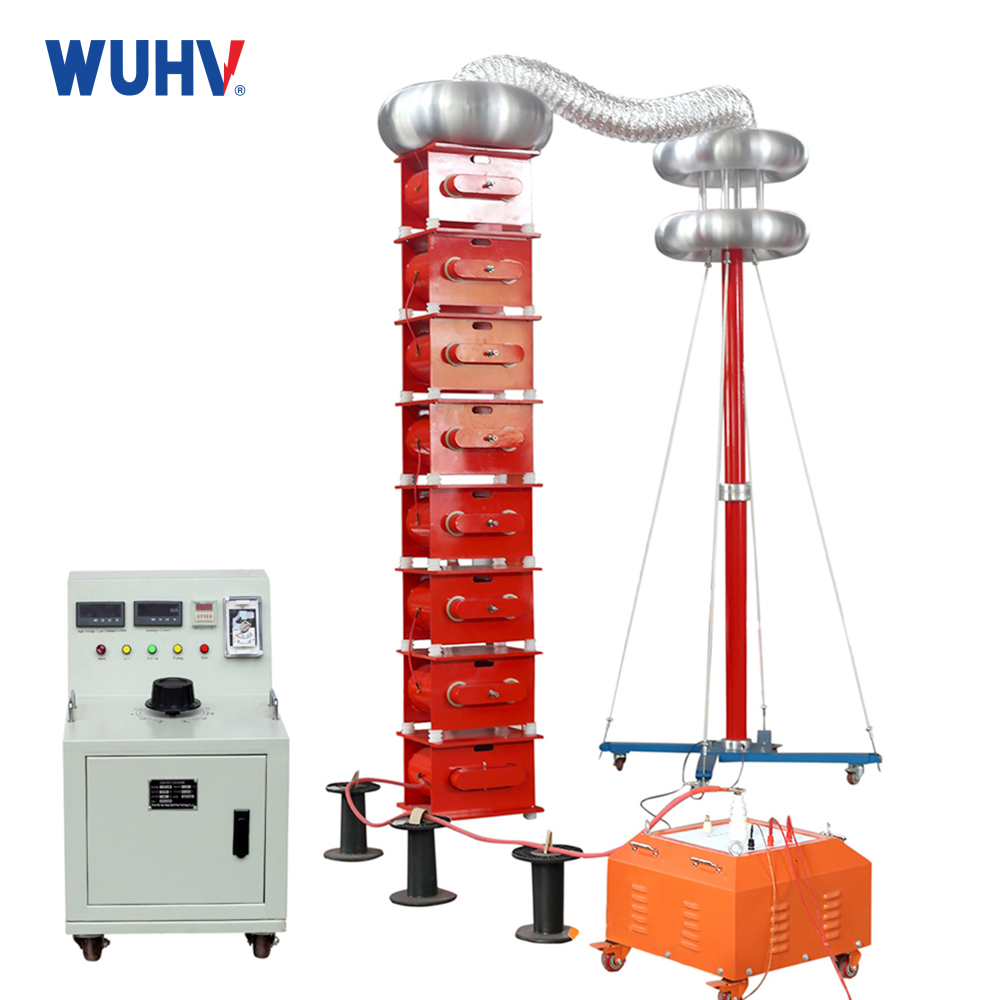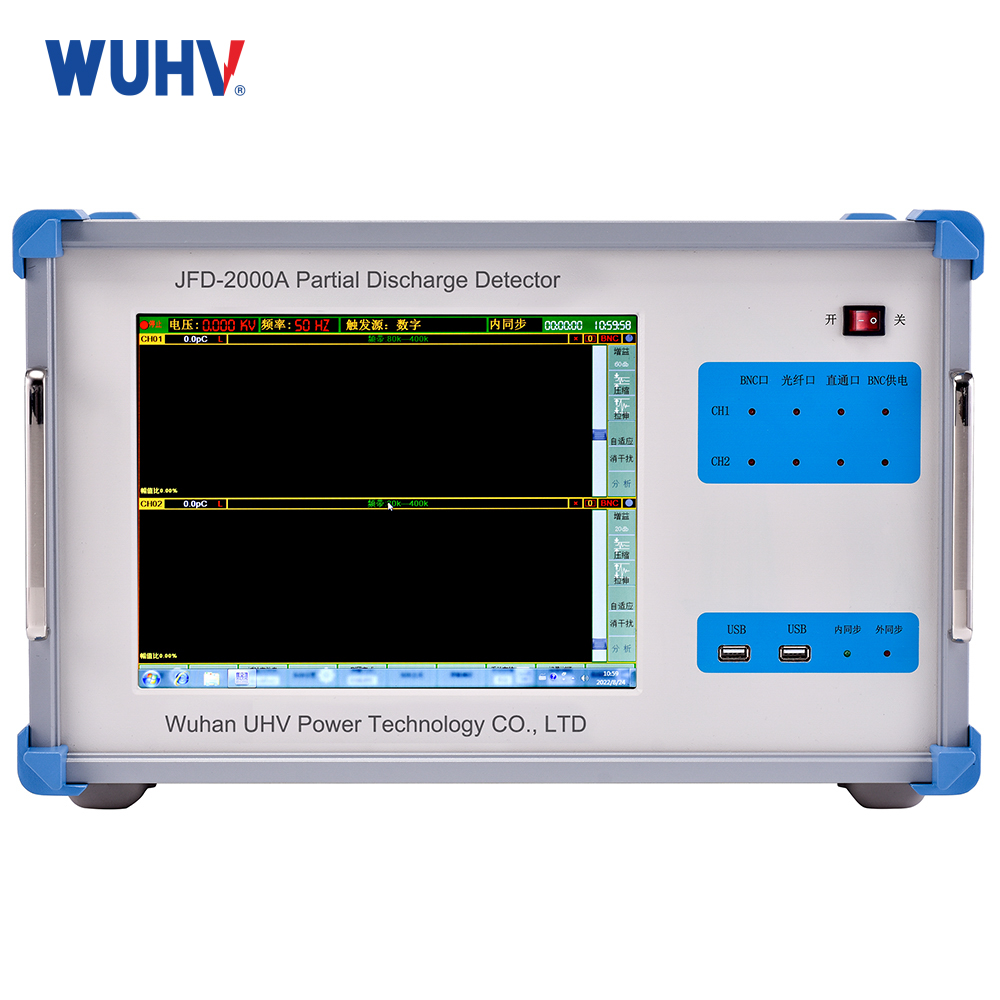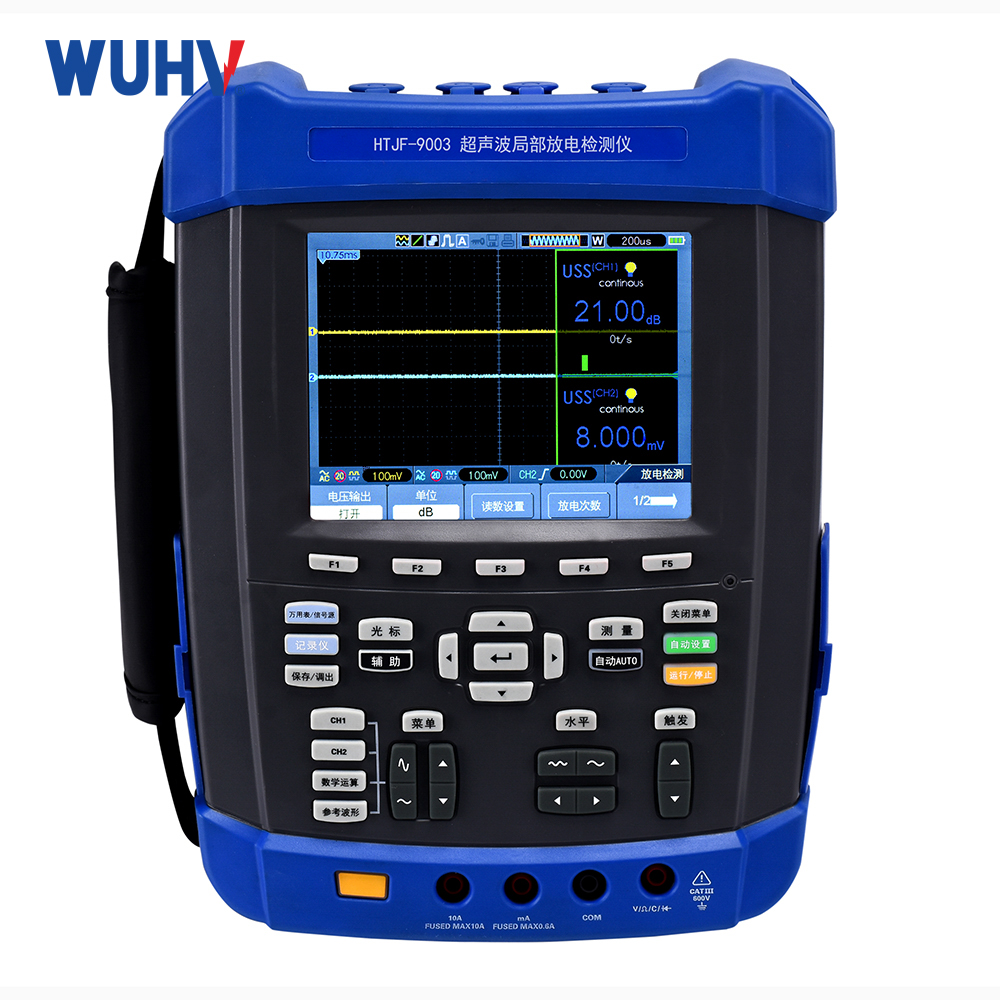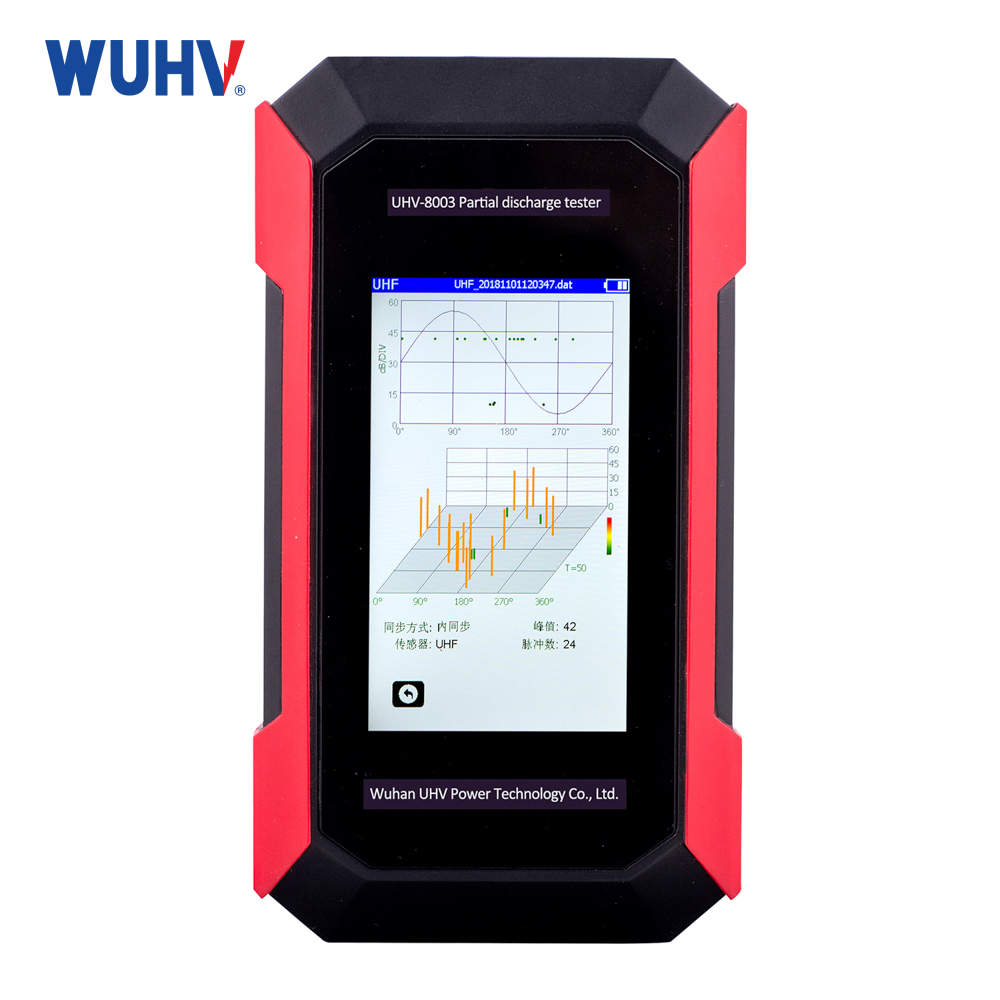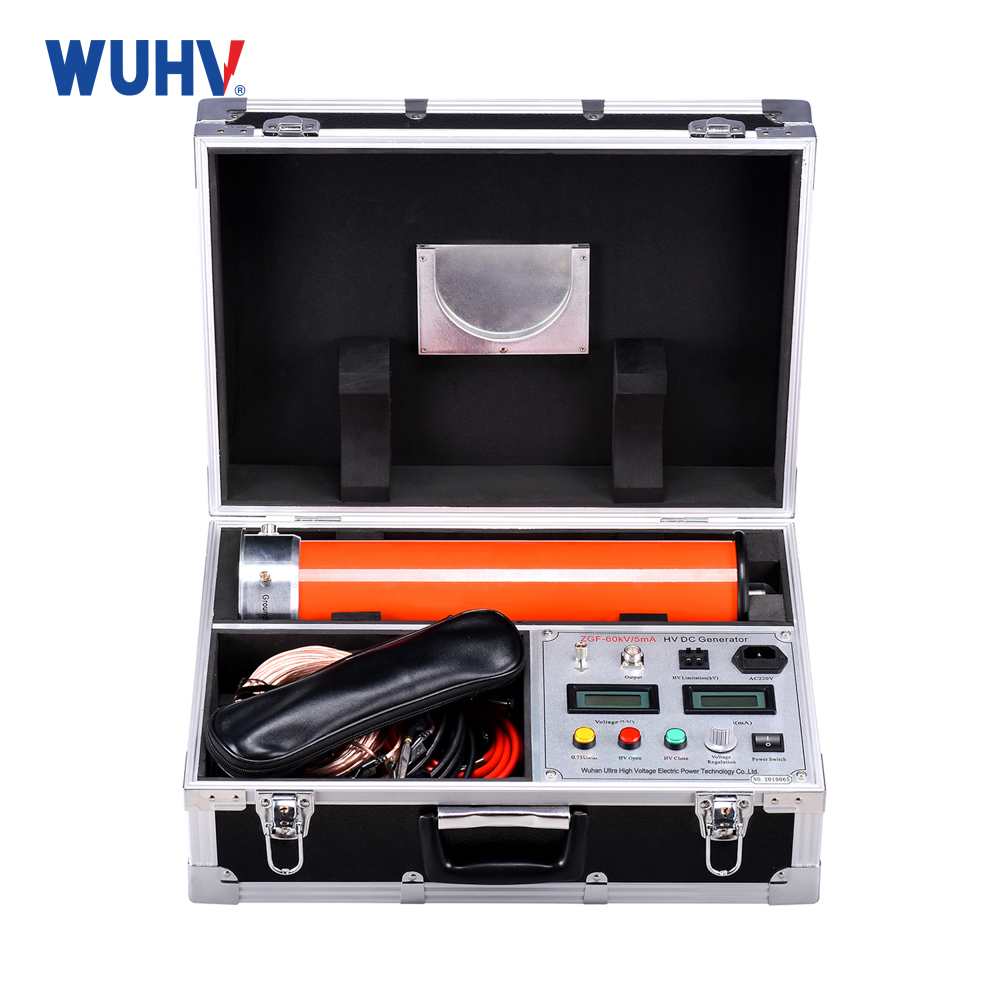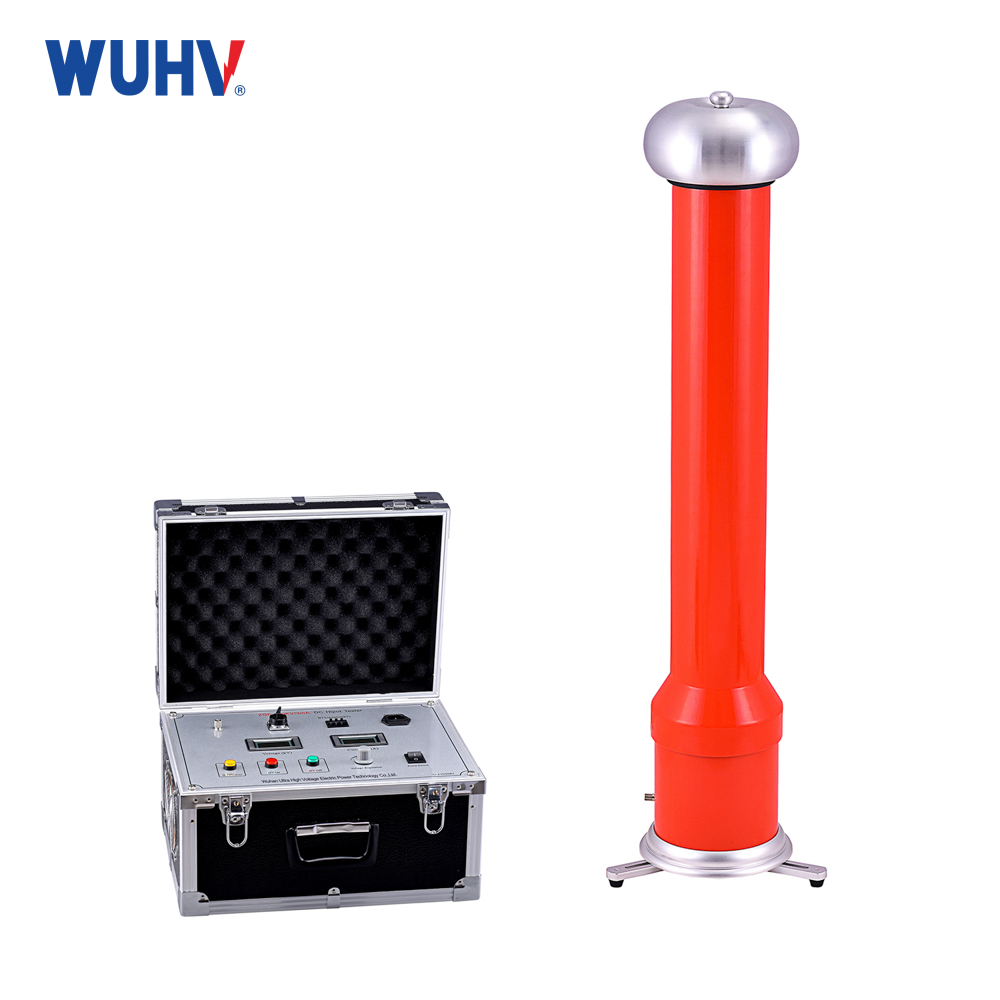Atransformer comprehensive test benchis a high-precision, automated testing device that integrates multiple testing functions. It is primarily used for comprehensive factory inspection and maintenance verification of the electrical performance, mechanical performance, and protection performance of transformers (including power transformers, distribution transformers, special transformers, etc.).
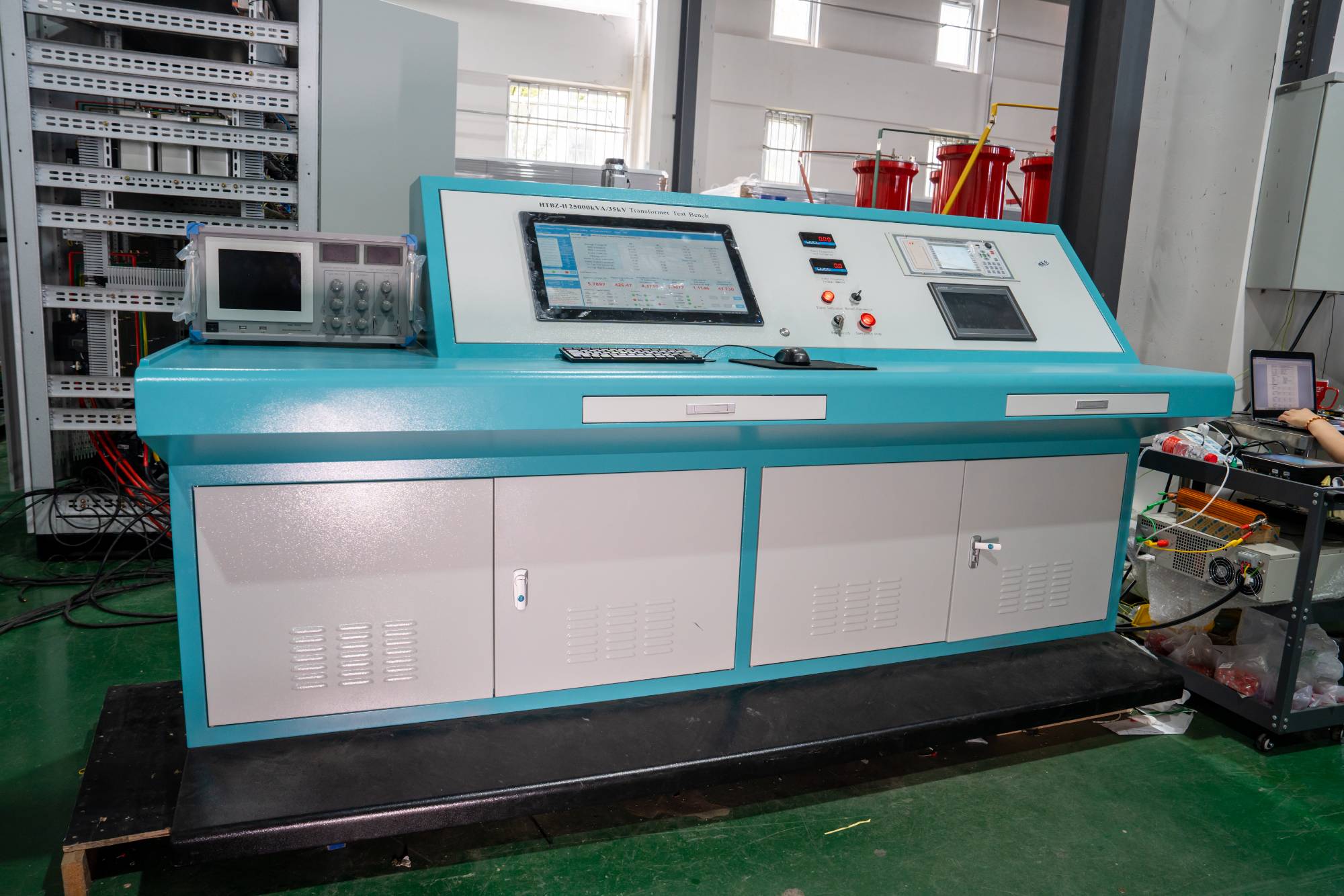
Its core application fields can be divided into the followingcategories:
1. Power Transformer Manufacturing Industry (Core Application)
This is the primary and largest application field for transformer comprehensive test benches. After transformer production is completed, strict factory tests must be conducted to ensure they meet national standards (e.g., GB), international standards (e.g., IEC), and customer-required performance indicators.
Routine Tests: Tests that must be performed on every newly manufactured transformer.
Type Tests: More comprehensive tests conducted on new product prototypes. Some items (e.g., temperature rise test, lightning impulse test) may require coordination with other specialized equipment.
2. Power System Operation and Maintenance (Critical Application)
Power operating units such as power plants, substations, and power supply bureaus use comprehensive test benches for periodic preventive tests and fault diagnosis of in-service transformers.
Periodic Preventive Tests: Conduct regular "health checks" on in-service transformers according to the "Preventive Test Regulations for Power Equipment" to identify potential defects in advance and prevent accidents.
Fault Repair and Diagnosis: When abnormalities occur in a transformer (e.g., gas protection activation, abnormal chromatographic analysis, after outlet short circuit), comprehensive testing quickly locates the fault point, whether it is winding deformation, inter-turn short circuit, or insulation degradation.
Post-Overhaul Acceptance: After transformer tank lifting overhaul or winding replacement, comprehensive testing must be performed to verify the repair quality and ensure safe operation.
Handover Acceptance: Conduct comprehensive electrical tests before commissioning new substations or after equipment replacement as the basis for project acceptance.
3. Transformer Repair and After-Sales Industry
Professional transformer repair factories use test benches to:
Pre-Repair Diagnosis: Perform comprehensive testing upon receiving transformers for repair to determine the fault scope and repair plan.
Post-Repair Inspection: After repair completion, conduct a full set of tests, just like routine tests, to ensure the repaired transformer meets performance standards.
Used Transformer Assessment: Evaluate the performance of used transformers to provide data support for pricing and reuse.
4. Research Institutes and Quality Inspection Agencies
Scientific Research: Universities and research institutes use their high-precision measurement capabilities to study the performance of transformers with new materials, structures, and processes.
Quality Supervision and Certification: National and provincial electrical product quality inspection centers use them for sampling inspection, arbitration inspection, and product certification (e.g., CCC certification) of transformers on the market.
5. Large Industrial and Mining Enterprises
Enterprises such as steel, chemical, railway, and data centers that have a large number of their own substations and distribution transformers need test benches for:
Internal Equipment Management: Conduct regular inspections and maintenance of transformers independently to ensure the reliability and continuity of their power supply systems.
Incoming Inspection: Perform incoming acceptance tests on newly purchased transformers to prevent substandard products from entering the production process.



